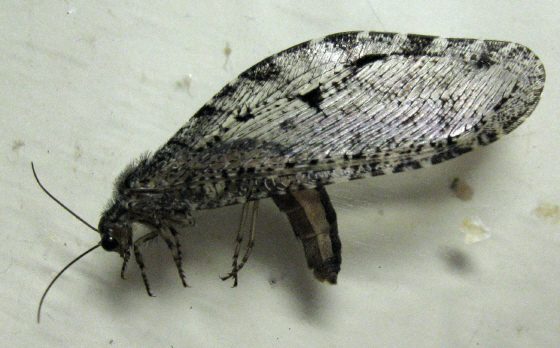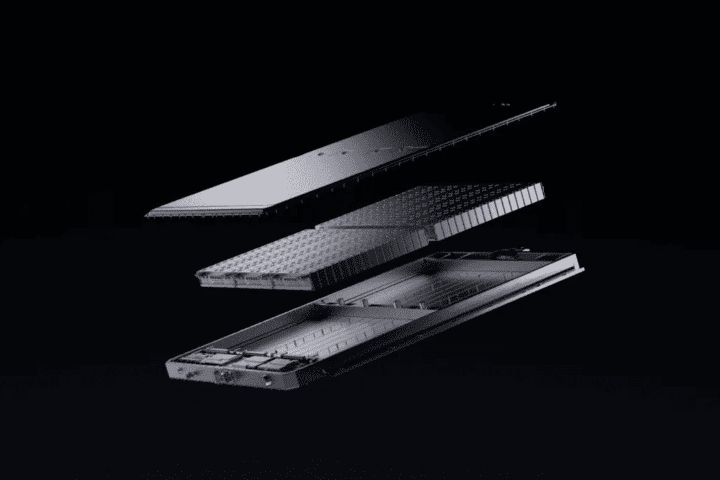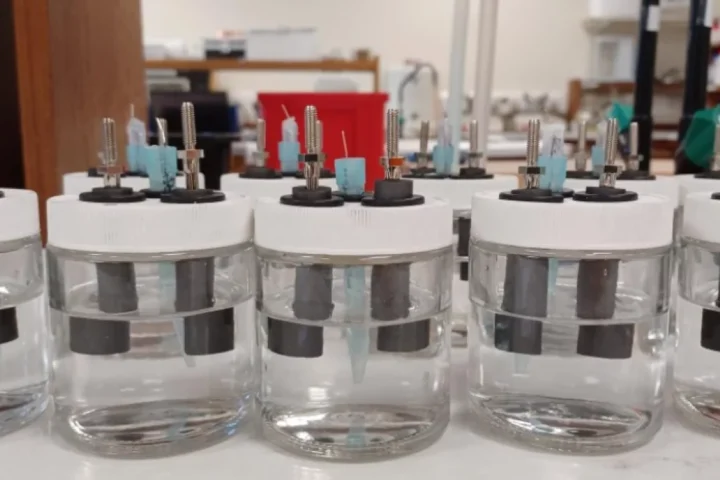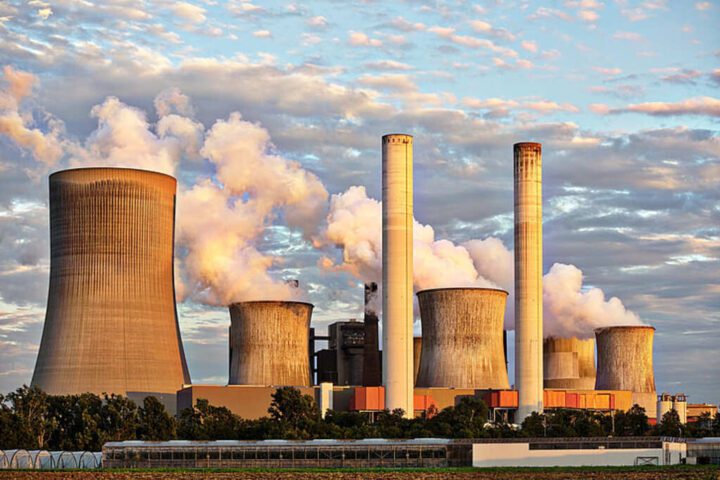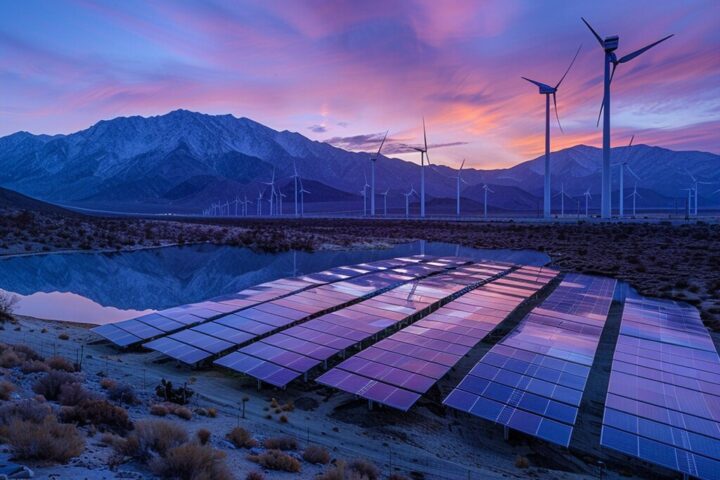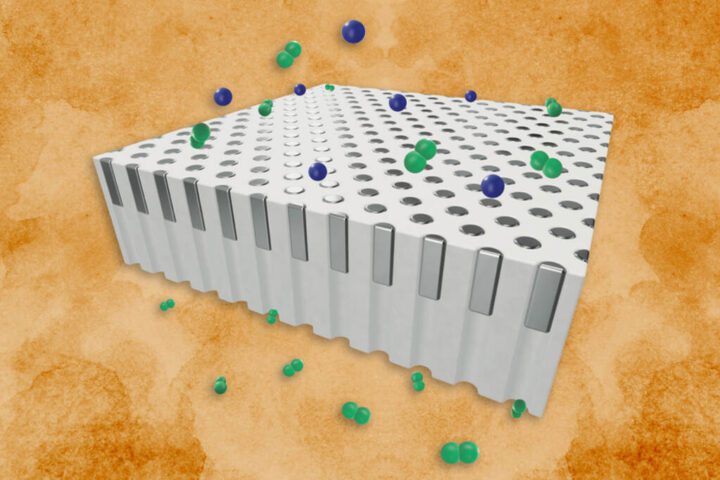Cheaper to produce and with an ability to absorb higher energy forms of light, Perovskite materials have the potential to replace silicon in solar panel technology. However, scientists are still trying to figure a way to make perovskites more stable and long-lasting. Scientists at the University of Rochester and the Chinese Academy of Sciences have figured out a way to increase the efficiency of a type of perovskite by 250%. They are trying to achieve it by combining the perovskite with a substrate of metal instead of glass. This method will boost the light conversion efficiency because of the improved interaction of the electrons within the perovskite.
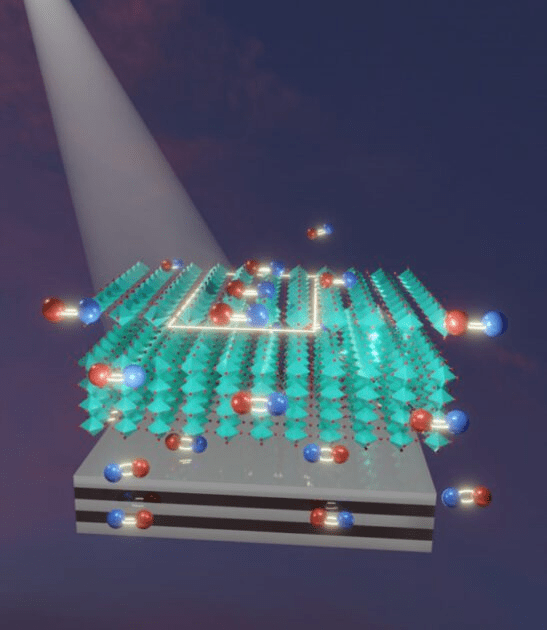
Perovskites are crystalline formations that may pose a far more efficient solution than silicon in solar cells and detectors. Scientists have suggested a new, physics-based approach, to synthesize perovskites. This method does not need the application of the material as a film on a glass substrate. Instead, using a substrate of either a layer of metal or alternate layers of metal and dielectric material can increase the perovskite’s light conversion efficiency by 250%. The researchers discovered that the metal substrate reduces amalgamation and increases efficiency and at the same time alternate layers of metal and dielectric materials can increase efficiency rates.
More Stories
Metals are simpler materials, but they can be modified to acquire complex functions. The metal substrate performs the role as a mirror image, flipping the set arrangements of electrons and their holes that are generated by the photons, resulting in increased efficiency. The researchers claim that there are more improvements to be made so that metals can be combined with perovskites using this method. This also can provide more control over solar panels and how they convert light into electricity.
Perovskites are beneficial due to its advantage of multiple metal and halide choices that can add value to their production. The techniques mentioned here to improve efficiency can be applied across the board. Researchers are also trying to find alternatives to avoid the use of lead-halides. Lead-halides provide better effectiveness but are known for their negative environmental impacts.
